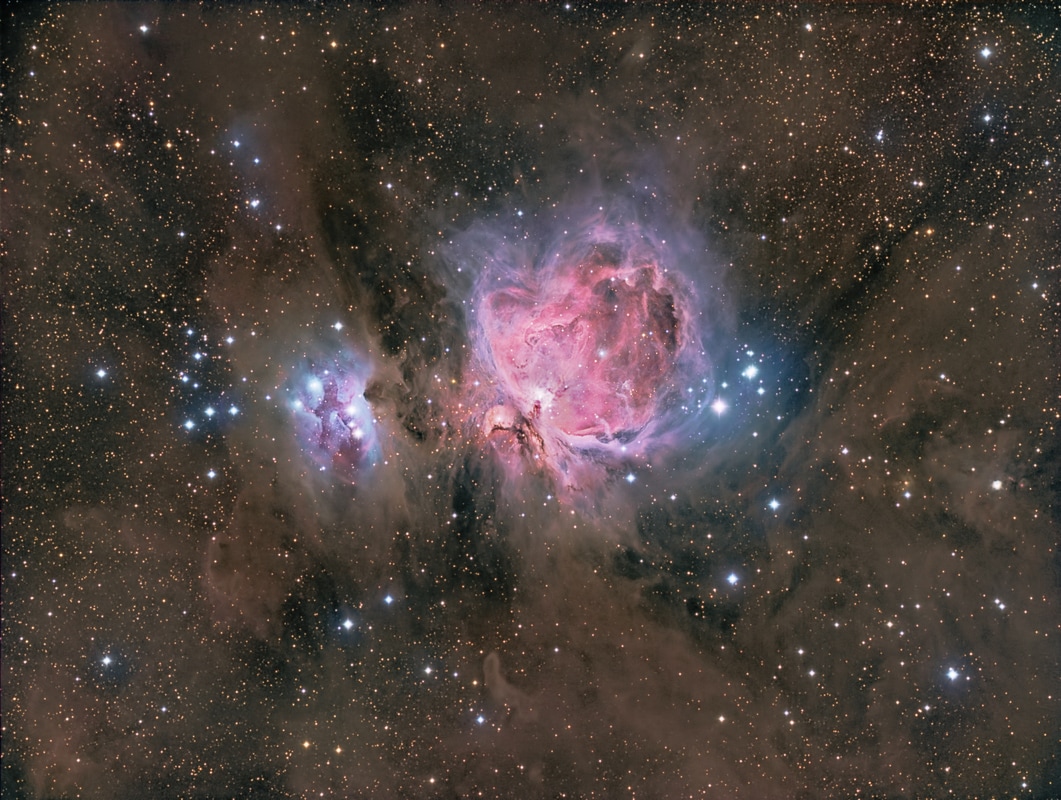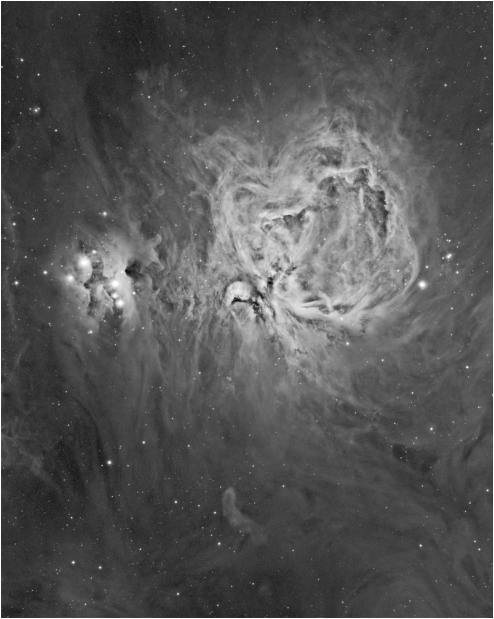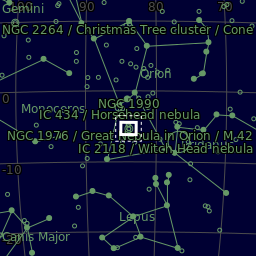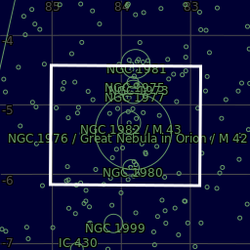M42 - The Great Orion nebula
This is a colour rendition composed of a huge mix of data and from different scopes as well. It is composed of Ha, Luminance, Red, Green and Blue data.
Details
M: Avalon Linear Fast Reverse and Mesu 200
T: Takahashi FSQ85 0.73x and AT 8" RC CF
C: QSI690-wsg with 3nm Ha filter and Hutech IDAS filter, QSI683-wsg with Baader red, green and blue filters
14x1800s Ha (FSQ85) 16x45s Ha (FSQ85) 79x40s Ha (2x2 bin AT 8" RC)
31x600s Lum (FSQ85)
Red - 50x300s (FSQ85), 15x10s, 20x60s
Green - 50x300s (FSQ85), 15x10s, 20x60s
Blue - 50x300s (FSQ85), 15x10s, 20x60s
There is a total of 26 hours, 32 minutes and 11 seconds
Details
M: Avalon Linear Fast Reverse and Mesu 200
T: Takahashi FSQ85 0.73x and AT 8" RC CF
C: QSI690-wsg with 3nm Ha filter and Hutech IDAS filter, QSI683-wsg with Baader red, green and blue filters
14x1800s Ha (FSQ85) 16x45s Ha (FSQ85) 79x40s Ha (2x2 bin AT 8" RC)
31x600s Lum (FSQ85)
Red - 50x300s (FSQ85), 15x10s, 20x60s
Green - 50x300s (FSQ85), 15x10s, 20x60s
Blue - 50x300s (FSQ85), 15x10s, 20x60s
There is a total of 26 hours, 32 minutes and 11 seconds
|
The Orion Nebula (also known as Messier 42, M42, or NGC 1976) is a diffuse nebula situated in the Milky Way, being south of Orion's Belt in the constellation of Orion. It is one of the brightest nebulae, and is visible to the naked eye in the night sky. M42 is located at a distance of 1,344 light years approx and is the closest region of massive star formation to Earth. The M42 nebula is estimated to be 24 light years across. It has a mass of about 2000 times the mass of the Sun. Older texts frequently refer to the Orion Nebula as the Great Nebula in Orion or the Great Orion Nebula
The Orion Nebula is one of the most scrutinized and photographed objects in the night sky, and is among the most intensely studied celestial features.[8] The nebula has revealed much about the process of how stars and planetary systems are formed from collapsing clouds of gas and dust. Astronomers have directly observed protoplanetary disks, brown dwarfs, intense and turbulent motions of the gas, and the photo-ionizing effects of massive nearby stars in the nebula. Details M: Avalon Linear Fast Reverse T: Takahashi FSQ85 0.73x and AT 8" RC CF C: QSI690-wsg with 3nm Ha filter and Hutech IDAS LP filter 14x1800s Ha (FSQ85) 16x45s Ha (FSQ85) 31x600s Lum (FSQ85) 79x40s Ha (2x2 bin AT 8" RC) |




